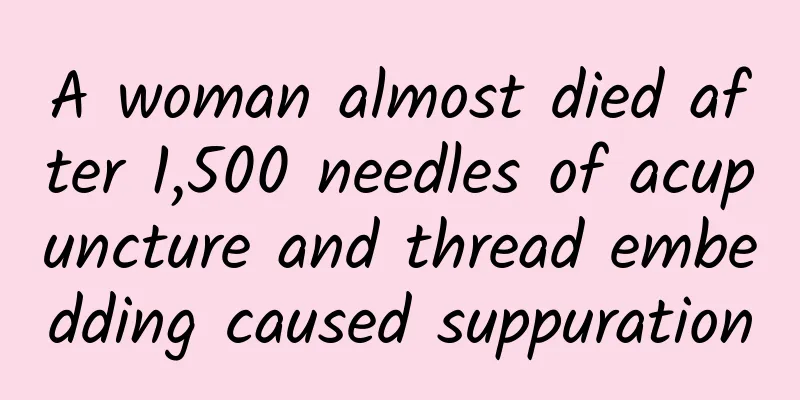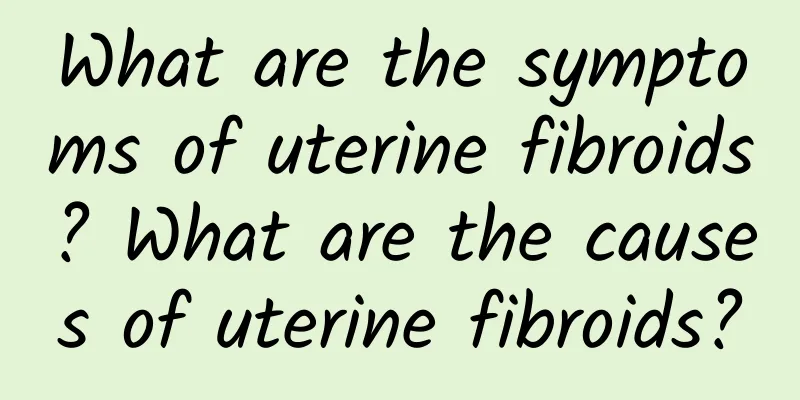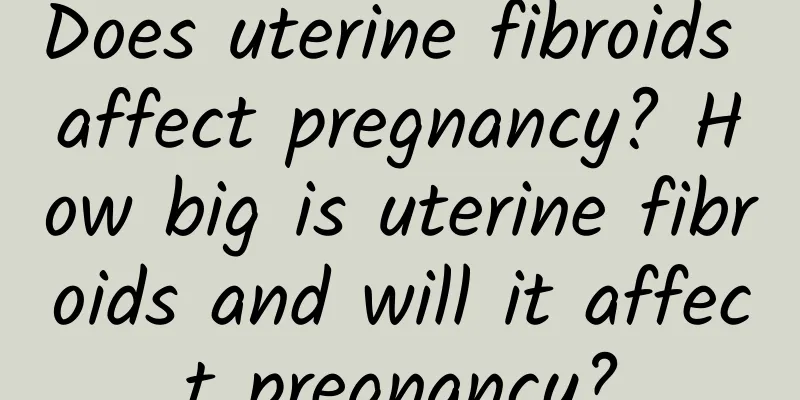What are the chances of curing endometrial tuberculosis?

|
Endometrial tuberculosis is the top uterine disease. I believe many women should have heard of it. So, what is the chance of curing endometrial tuberculosis? Many patients will say, isn't it just an injection to eliminate tuberculosis? In fact, endometrial tuberculosis is very harmful. Only by choosing the right method can endometrial tuberculosis be cured as soon as possible. 1. General treatment: Acute endometrial tuberculosis should be treated with bed rest, preferably in a semi-recumbent position, to facilitate the localization of tuberculosis and the drainage of uterine secretions; hot compresses can be applied to the lower abdomen to promote the absorption of tuberculosis and relieve pain; bowel movements should be kept open to reduce pelvic congestion and facilitate toxin excretion; excessive gynecological examinations should be avoided to prevent the spread of tuberculosis; physical cooling can be used for high fever; the diet should consist of liquid or semi-liquid, easily digestible foods that are high in calories, protein, and multiple vitamins. For those who cannot eat, nutrition and water should be supplemented intravenously, and attention should be paid to correcting electrolyte disorders and acidosis. 2. Uterine dilation and drainage and estrogen therapy: For chronic endometrial tuberculosis and senile endometrial tuberculosis, the cervical dilation method can be used to facilitate the drainage of uterine cavity secretions and eliminate the cause. Elderly patients can also use a small amount of estrogen. 3. Removal of uterine cavity residues and other foreign bodies: For endometrial tuberculosis that occurs after delivery or abortion, if there is suspected placental tissue residue, it should be removed immediately while using antibiotics. However, it is advisable to gently protrude the uterine cavity residues and try not to perform a curettage. Curettage can only be performed when the antibiotic dose reaches a certain level and the tuberculosis is under control to prevent the spread of tuberculosis. 4. Surgical treatment: This method is suitable for chronic endometrial tuberculosis caused by submucosal fibroids or polyps. At this time, antibiotic treatment alone is often ineffective, so surgical resection can be considered. Through the introduction of the above experts, I believe you also know the relevant content of "How to treat endometrial tuberculosis?", and everyone has a general understanding! At the same time, I remind everyone that because each patient's condition and physical condition are different, the treatment methods used are also different. Everyone must treat it scientifically! |
<<: How to completely cure endometrial tuberculosis
>>: How long does it take to cure endometrial tuberculosis?
Recommend
What is pseudocervical erosion? Does pseudocervical erosion need treatment?
In life, many women do not realize that there is ...
What medicine should I take if I don't have my period?
What medicine should I take if I don’t have my pe...
What is the most serious harm of cervical warts?
It is difficult to explain the harm of cervical w...
Brief analysis of several common symptoms of multiple uterine fibroids
Multiple uterine fibroids are a gynecological dis...
What to do if your menstrual cycle is long?
What to do if your menstrual cycle is long? Long ...
Symptoms of a large ovarian cyst can cause compression symptoms
Since the symptoms of early ovarian cysts are not...
What should you pay attention to when you have bacterial vaginosis?
Bacterial vaginitis is a syndrome of increased se...
How to prevent irregular menstruation? There are 4 common ways to prevent irregular menstruation.
Menstruation is an important physiological charac...
What causes white discharge after menstruation?
If the white discharge is not accompanied by othe...
What symptoms will women experience when uterine fibroids appear?
Uterine fibroids are also a gynecological disease...
What does premature ovarian failure mean?
What does premature ovarian failure mean? Prematu...
Does menopause mean there is no water?
Menopause is a stage in the female physiological ...
What are the symptoms of irregular menstruation?
Menstruation comes once a month, but women often ...
What are the main causes of pelvic inflammatory disease?
What are the main causes of pelvic inflammatory d...
Can women with cervical erosion eat red dates? 6 things to note about cervical erosion
Cervical erosion is very common among women and i...









